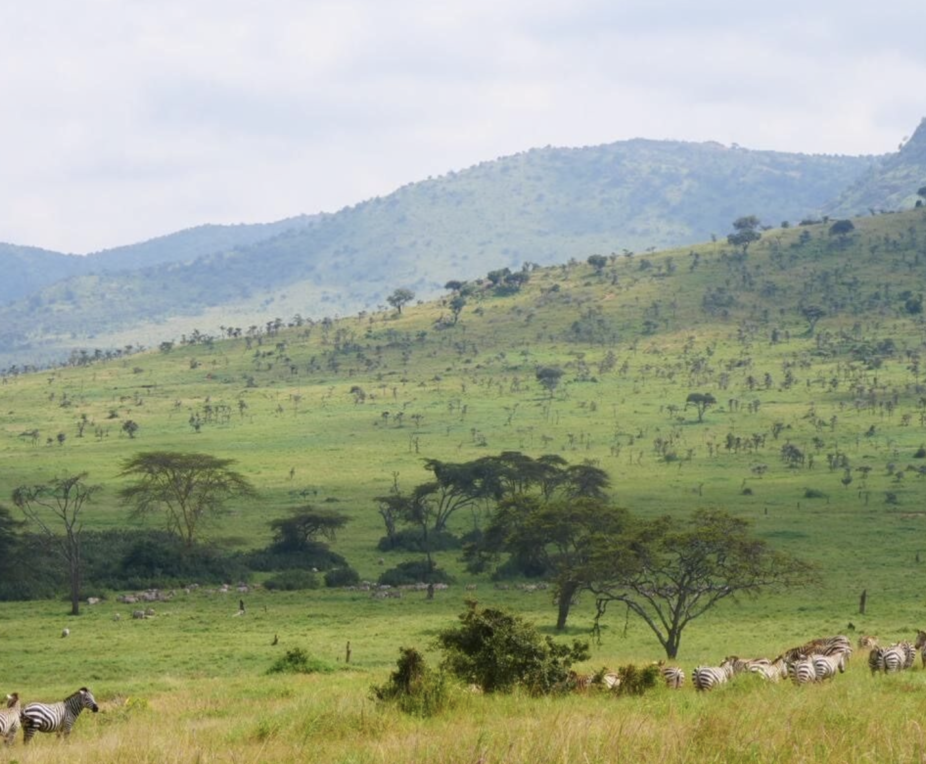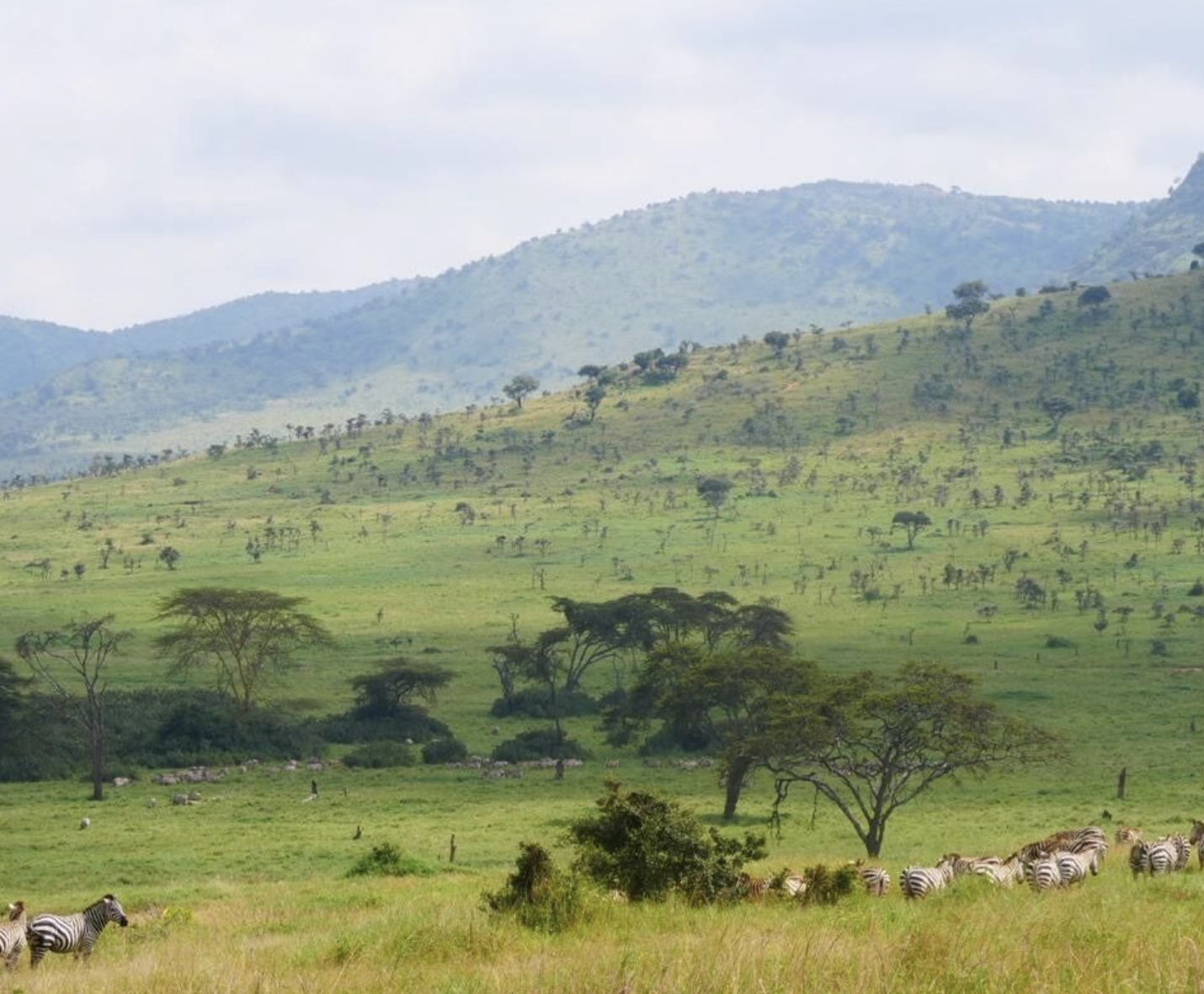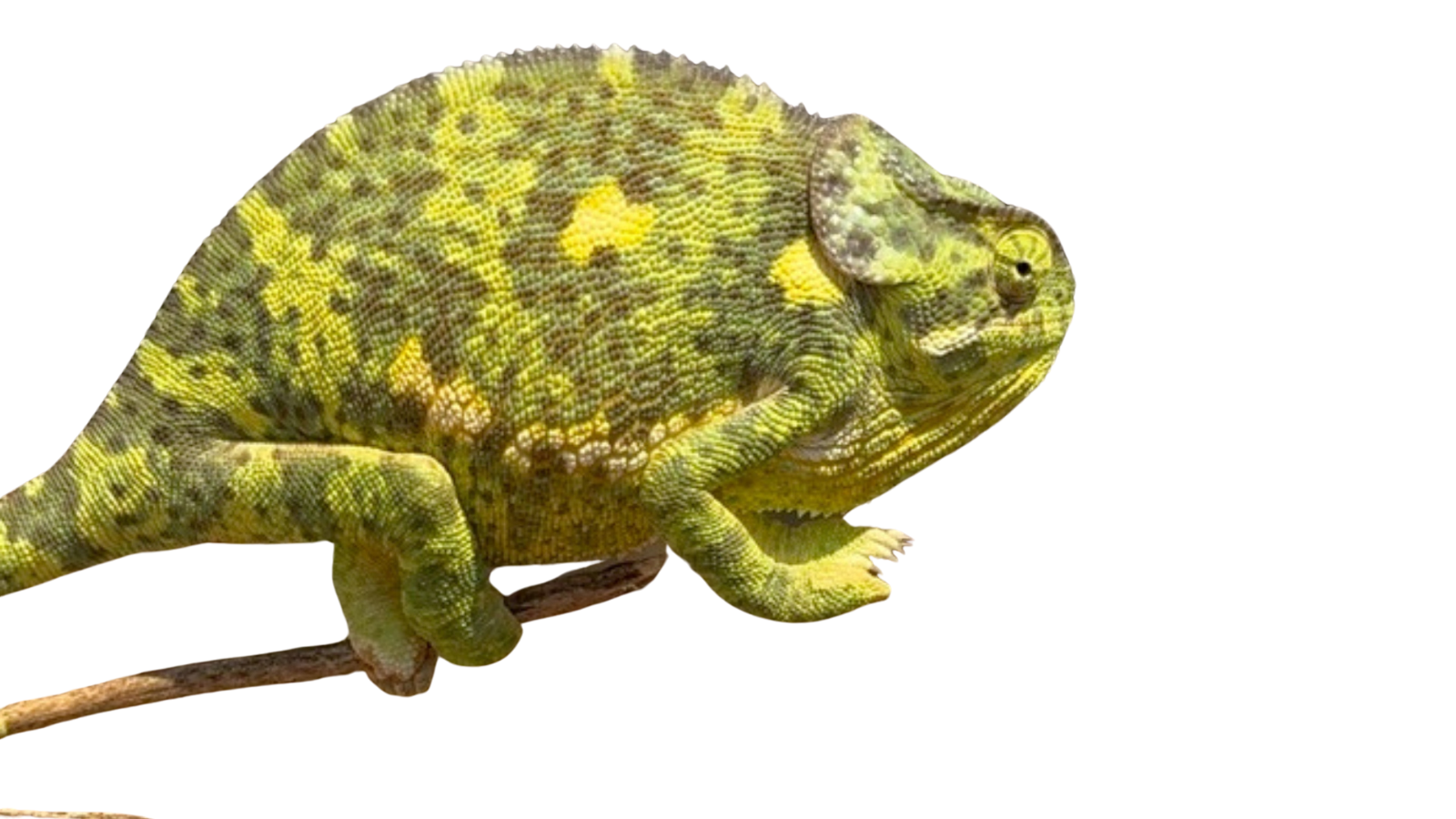
11
People say that you can’t “take half/leave half” when grazing, so you have to make the cattle graze everything. That is nonsense, but I understand why they say it.
I ranch on an African savanna where there are many wild grazing animals and predators. My landscape gives me clues about what to do about this situation.
The first mistake people make is to let the grass get too mature before they start grazing it. They think they need to see seed heads for a paddock to be “recovered.” When they are in a paddock like this, the cattle will then only eat the grass that hasn’t yet put out a seed head or the things that are still very palatable even with a seed head, such as legumes. Then, the cattle wait for the people to move them to the next paddock. If the people listen to the complaining cattle and give them a new paddock, then the cycle repeats. When the cattle need to come back to the first paddock, it is even worse, with some grass short and (too?) lush and other grass even more tall and bushy than before. So again, the cattle only focus on some plants and leave other plants ungrazed. Repeat this a few times, and soon you have a real mess. In this situation, people say, “Well, I have no choice but to force the cattle to eat everything.”
So, let’s start over. Instead, bring the cattle to the first paddock a little earlier. How much earlier? I will get to that in another blog post soon. To start with, let’s say just bring them in before there is a whole bunch of reproductive vegetation, i.e. seed heads and flowerheads, stems. In some places, this is easier than in others. However, everyone, everywhere, has the opportunity to graze vegetative forage at some point. Unless you live in a very arid region, you will have an opportunity to graze it every year. Take it! In the temperate zone, they call it “spring,” specifically early spring. Graze it until the cattle have taken about half. I guarantee it will work. Leave a comment if you think a situation will not work, and we will troubleshoot it together.
Now, having taken and left half once, it will be easier the second time, a few weeks later. You just have to make sure that you don’t miss your window again. When that first paddock is “ready” (again, we will get back to that in a future post) bring the cattle back there. Don’t wait! Don’t wait until the whole thing has turned to seed heads again. Graze it before that happens. This is what the zebras do here. They go back to their preferred spot, a short grass area, preferably without a lot of trees and bush, where they can see the lions coming. It doesn’t matter if you have many paddocks that have not been grazed all season, and the grass is tall and seedy. You almost certainly will if you are stocked correctly. Leave it, put it out of your mind. If you go back to the first paddock in time, you will again be able to take half/ leave half. It might not be perfect, and it might not be as perfect as the first rotation, but it will be perfect enough. I promise you.
Keep up this pattern as long as you can, but at some point, you will have to stop. Once the fast growth that comes from springtime or new rain fizzles out, the first paddock needs more time to recover. With hot, dry conditions, grass will want to make a seedhead until the summer solstice (in the temperate zone), and it will be difficult to stop it. Now is where you go to those paddocks that “got away,” the ones that have lots of seedheads. At this point, they are probably sufficiently mature that the grass stems will bend over and lay down. Now, you are still going to be taking half and leaving half however, you will be doing your best to make the half that you leave lay on the ground. Grazing it at “density” helps to lay all this stuff down. Until this point, “high” density is not particularly important. Zebras and buffalo here are only at very high densities when they are in very tall grass. When there is short grass green grass, and they can see predators coming, they don’t get into high densities.
Continue to graze the tall stemmy material until that first paddock that you have grazed in the spring is ready again. After the solstice there won’t be an issue with seedheads, but now you will come back to the vegetative stuff (the stuff without seedheads) because it will be better quality. Continue taking half and leaving half (more or less). The stuff that you didn’t graze until it was stemmy, the stems that you laid down, will take longer to recover, maybe twice as long or more. If you are lucky, by the time you are done with the grass that you grazed in the spring, the grass that you grazed in the summer will be ready. If you aren’t lucky, no problem; just go back to the tall stemmy stuff until the other pastures are ready again. If you run out of tall stemmy material before the other pastures are truly ready (which I will talk about later), then you are over-stocked. If the growing season is more or less “average,” then don’t have that many animals next year. No matter what the year, get rid of enough animals in time so that you do not run out of stemmy material before the grass has regrown! This is very important, and it all starts with having an appropriate stocking rate. Never run out of grass! In the “average” year, you should have some grass that you just can’t get to.
This is the grass that you will start with next year. Then, you will run the routine in reverse. The area that received no grazing last year will be the one that you start with and that you keep going back to. The first paddock that you grazed in spring will be the one that receives no grazing this year. If you do this, you will be able to take half and leave half as comfortably as you like.
I credit everything about this “method” to Bud Williams.

